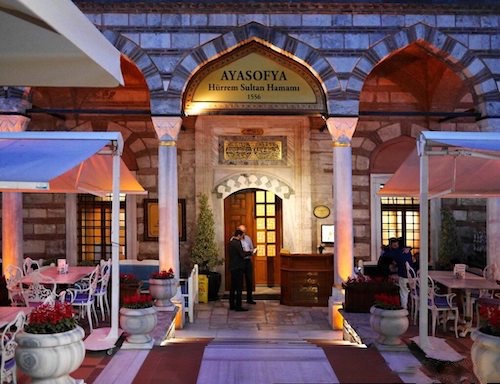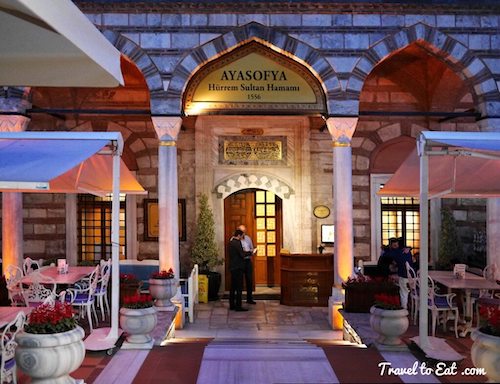
If you feel a little weary from tourism, or if you just want a special treat, you can always go to a nice refreshing hamam (Turkish Bath) of which there are about 90 of scattered around Istanbul. You may discover the hamams themselves are some of the most impressive historical buildings you will see in the city. Like its Roman predecessor a typical hamam consists of three basic, interconnected rooms: the sıcaklık (or hararet -caldarium), which is the hot room; the warm room (tepidarium), which is the intermediate room; and the soğukluk, which is the cool room (frigidarium). The main evolutionary change between Roman baths and Turkish baths concerns the cool room. The Roman frigidarium included a quite cold water pool in which patrons would immerse themselves before moving on to the warmer rooms. Medieval Muslim customs put a high priority on cleanliness, but favored running water to immersion baths, so the cold water pool was dispensed with. Also the sequence of rooms was revised so that people generally used the cool room after the warmer rooms and massages, rather than before. Whereas the Romans used it as preparation, the Ottomans used it for refreshment (drinks and snacks are served) and recovery.
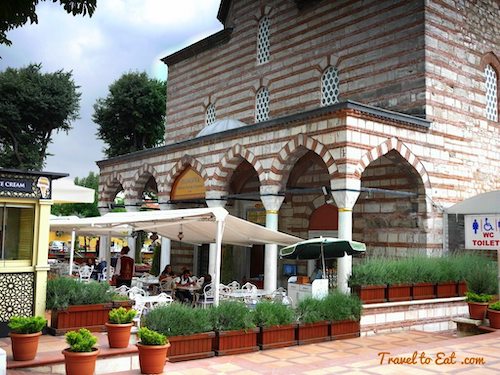

The Ayasofya Hurrem Sultan Hamam in Istanbul was designed and built by Mimar Sinan, the chief Ottoman architect. It was built at the request of Hurrem Sultan (Roxelana), the wife of Sultan Suleiman the Magnificent in the 16th century (1556-1557 AD). It was built where the ancient public baths of Zeuxippus (100-200 AD) used to stand, between the Blue Mosque and the Hagia Sophia. The area is also particularly significant as the site where the Temple of Zeus once stood. The hamam was operational until 1910 when it closed for many years. It was later used to house the convicts during times when the nearby Sultanahmet Prison was full. Subsequently it was a storage place for paper and oil. The Ayasofya Hurrem Sultan Hamam, one of the most beautiful monuments in Istanbul, was restored for the first time between the years 1957-1958 and was a carpet bazaar until 2007. Although the hamam was built in the classical period Ottoman bath style, it was an innovation in Turkish bath architecture to have the sections for men and women constructed on the same axis as mirror images of each other.
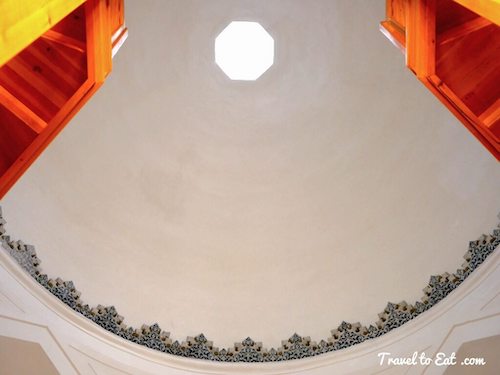
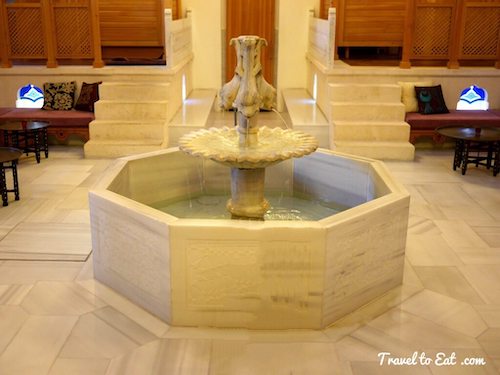
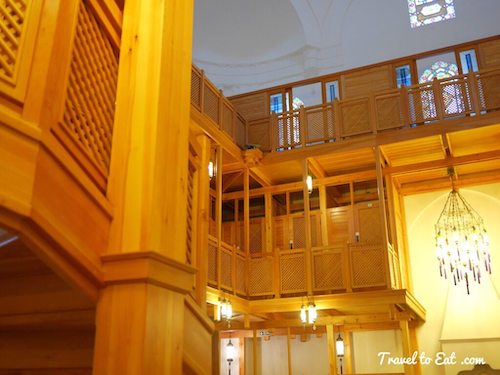

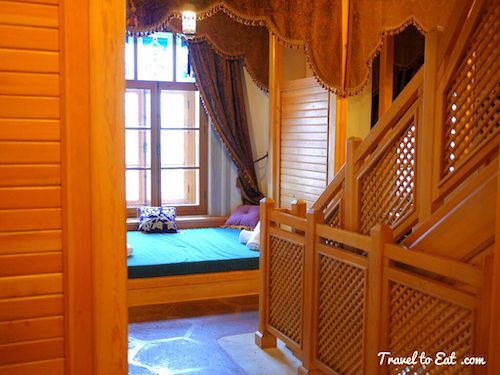
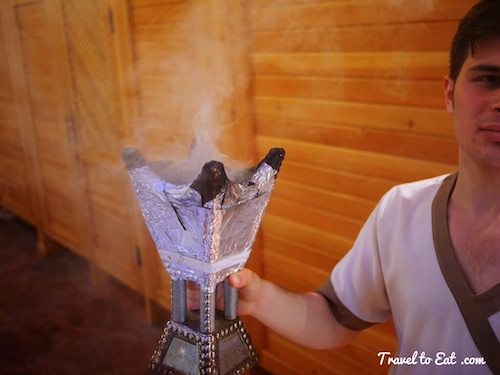
At the entrance to the hamam you pay for one of the bathing options and are given tokens and directions. Once you have removed your clothes in changing room you will be given what is called a pestamal which is a traditional body wrap made from cotton. From the dressing room you will enter the sicaklik which has a large heated marble platform (goebektas) surrounded by bathing basins (kurna) and private cubicles (Halvet). By sitting on the hot marble your body will perspire removing toxins. In the Ayasofya Hurrem Sultan Hamam the cool room is at the bottom the changing rooms. This is where you rest and have water and tea before proceeding to a massage on the top floor of the changing area.
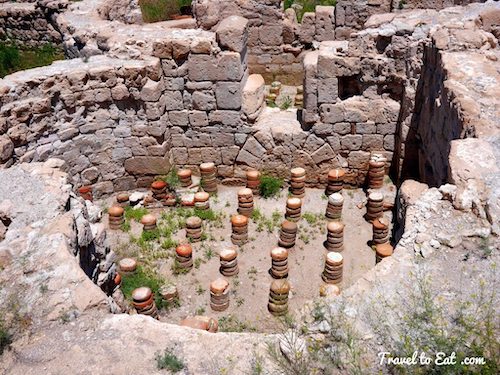
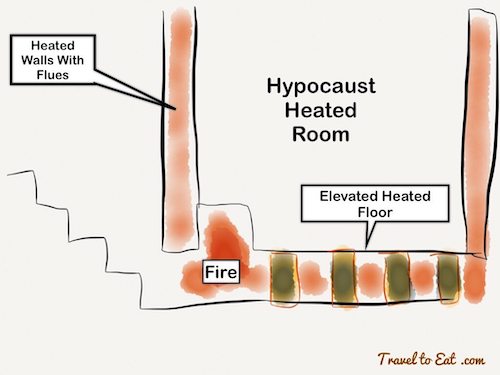
The hypocaust is one of the most ancient forms of an HVAC system. Like a many great innovations, it originated with the Romans over 2000 years ago. A hypocaust is both a primary system and a secondary system, as it creates heat and distributes it as well. The main use for hypocausts was found in the large public bathhouses, mainly because of the cost of fueling the fire. Of course the Roman system opened the inhabitants to the possibility of carbon monoxide poisoning. The more modern system used in the Ayasofya Hurrem Sultan Bath uses heated air although the architecture of this building is the same. A glass window in the floor allows you to see the elevated floor.

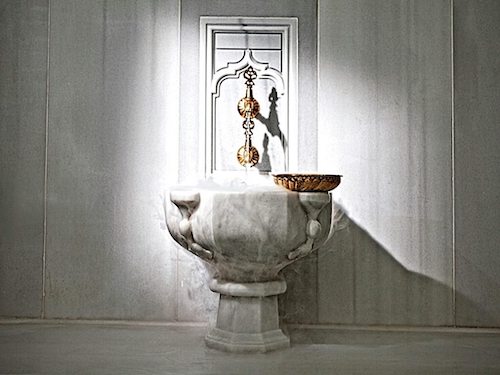


Since I was essentially nude, I was unable to take pictures of the interior of the Turkish Bath. The pictures above are courtesy of the Ayasofya Hurrem Sultan Bath website. Both the hot and warm rooms are heated with a hypocaust system which we have discussed above. Thus, all of the surfaces of the rooms, the floor and the walls are warm while the air in the the rooms are more like a dry sauna than a Scandinavian steam sauna. The really hot rooms are in the alcoves where you douse yourself with hot water to clean off the majority of the toxins. Then an attendant comes with special gloves to exfoliate the skin as shown above. Next, you are taken to the cental warm room for additional cleaning and massage. Finally, for our one hour massage, we were taken to the atrium to cool off and have some water and tea. Finally, we went upstairs for a half hour massage.
If you happen to be in Istanbul, take the time, spend the money and visit the Ayasofya Hurrem Sultan Bath.
[mappress mapid=”37″]
References:
Website: http://www.ayasofyahamami.com/en/index1.html
TripAdvisor: http://www.tripadvisor.com/Attraction_Review-g293974-d2203570-Reviews-Ayasofya_Hurrem_Sultan_Hamam-Istanbul.html
Turkish Hammams: http://www.greecetravel.com/turkey/istanbul/hammams/index.htm
Hypocaust: http://www.romanobritain.org/12_innovations/inv_central_heating.htm#.U8y_atq9KK0

